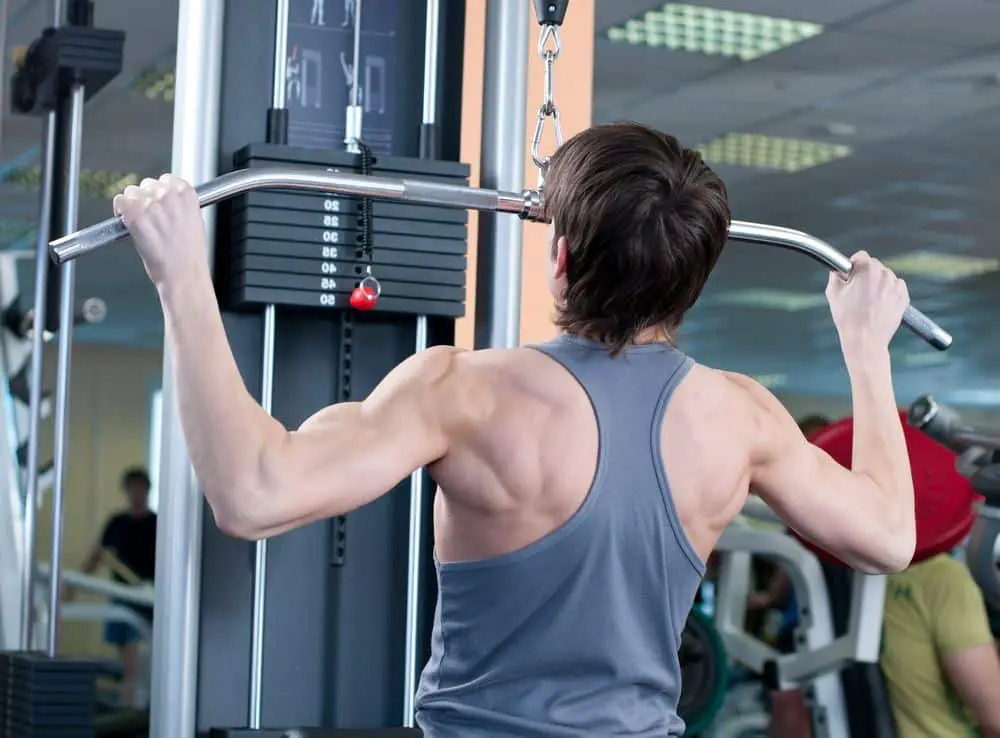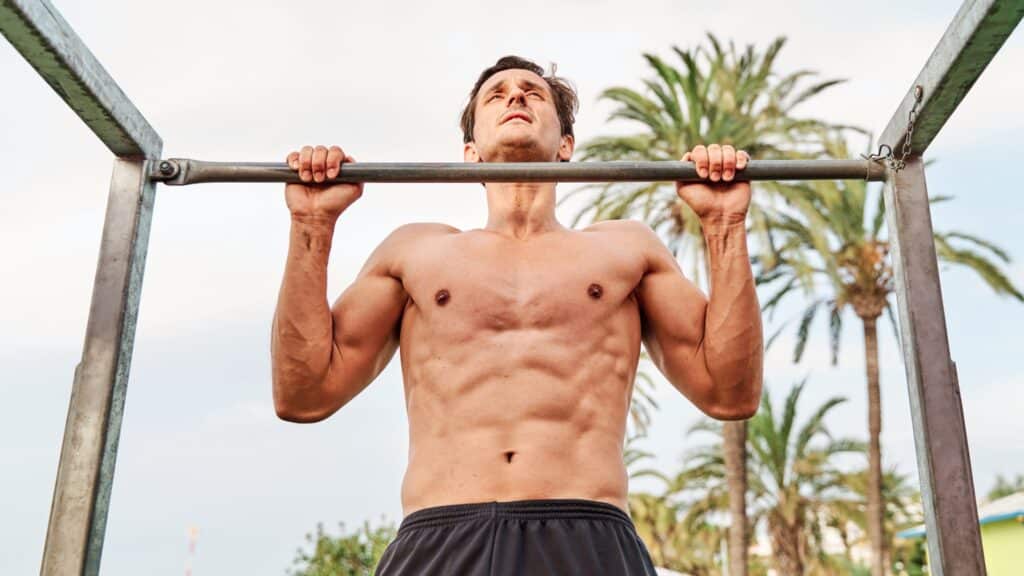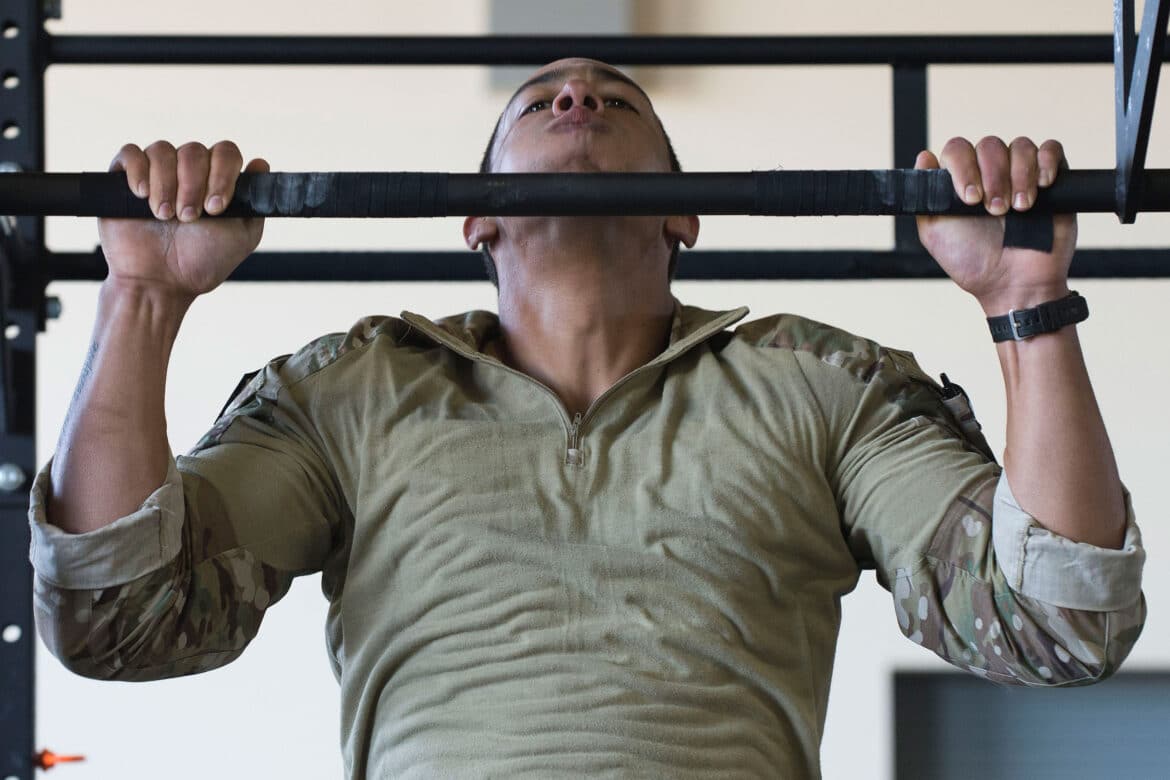Introduction
How To Train Calisthenics: Calisthenics, often referred to as bodyweight training, is a versatile and effective fitness discipline that relies on using your own body weight as resistance to build strength, improve flexibility, and enhance overall fitness. Unlike traditional weightlifting, calisthenics doesn’t require expensive gym equipment or weights; instead, it utilizes movements that engage multiple muscle groups simultaneously, making it accessible to individuals of all fitness levels.
Train calisthenics, we will explore the fundamentals of bodyweight training, from basic exercises like push-ups and squats to advanced movements such as handstands and muscle-ups. We’ll discuss the principles of progressive overload, proper form, and creating structured routines to help you achieve your fitness goals, whether it’s building lean muscle, increasing functional strength, or mastering impressive bodyweight skills.
Calisthenics offers endless possibilities for challenging and rewarding workouts that can be tailored to suit your individual needs and aspirations. Whether you’re a beginner looking to establish a foundation in bodyweight training or an experienced practitioner aiming to elevate your skills, you with valuable insights and practical tips to make the most of your calisthenics journey. Calisthenics is more than just a workout; it’s a lifestyle that encourages functional fitness, body control, and a deep connection with your own physical capabilities. In the following sections, we will delve into the key components of a successful calisthenics training regimen.

What kind of body does calisthenics build?
Calisthenics is amazing for building functional, full-body muscle but there is a limit to the amount of sheer mass you can gain with calisthenics. Calisthenics will build as much muscle as free weights to a point, but if you want to push past that point then you’ll need to train (and eat) like a bodybuilder.
Lean and Shredded: Calisthenics promotes a lower body fat percentage due to the calorie-burning nature of bodyweight exercises. This leads to a lean and shredded appearance with defined muscles.
Muscular: Calisthenics targets multiple muscle groups simultaneously, leading to well-developed muscles throughout the body. Commonly worked muscles include the chest, back, shoulders, arms, and legs.
Proportionate Balance: Calisthenics emphasizes full-body movements, which helps create a balanced physique. It ensures that muscles are developed proportionately, reducing the risk of muscle imbalances.
Functional Strength: The training focuses on functional strength, which means that the muscles you build are not just for show; they are functional and capable of performing various real-life movements and activities.
Athleticism: Calisthenics athletes often possess a high level of athleticism. They can perform advanced bodyweight skills and feats of body control, showcasing their agility, balance, and coordination.
What is the easiest calisthenics exercise?
- Pike push-ups.
- Dips.
- Push-ups.
- Straight bar dips.
- Triceps extensions.
- Frog stands.
- Pull-ups.
- Bodyweight rows.
Among the listed options, “Push-ups” are typically considered one of the easiest calisthenics exercises for beginners. Push-ups are a fundamental bodyweight exercise that works the chest, shoulders, triceps, and core. They can be adapted to various fitness levels by adjusting the angle of your body or performing them on your knees (knee push-ups) if you are just starting or looking for a less challenging variation.
While push-ups are a great starting point for building upper body strength and endurance, they can be made more challenging as you progress by exploring different push-up variations, such as diamond push-ups, incline push-ups, or one-arm push-ups, to continue to challenge yourself as your strength improves.
Calisthenics, a form of exercise that uses your body weight for resistance, has gained immense popularity in recent years for its effectiveness in building strength, flexibility, and endurance.
Can I do calisthenics everyday?
if you want to build pure strength & NOT put on mass, then you approach each day as a “practice”, get plenty of rest between sets and keep the reps low, trying to perfect form. Yes, you can do calisthenics every day.
Yes, you can incorporate calisthenics into your daily routine, but it’s important to make a distinction between training and daily movement. While it’s not advisable to engage in intense calisthenics training every day, incorporating daily movement and light exercises can be beneficial for overall health and mobility.
Training Frequency: Intensive calisthenics training, where you push your limits and aim for strength gains, should typically include rest days. Rest and recovery are essential for muscle repair and growth. Most individuals benefit from training calisthenics 3-5 times per week, allowing for recovery days in between.
Daily Movement: In addition to structured training sessions, daily movement is important. This can include activities like walking, stretching, yoga, or light bodyweight exercises. These activities promote mobility, flexibility, and overall health without overtaxing your muscles.
Listen to Your Body: Pay attention to how your body responds to training. If you experience excessive fatigue, soreness, or signs of overtraining, it’s crucial to incorporate rest days or lighter activities into your routine.
Variation: Incorporating a variety of movements and exercises into your daily routine can help prevent overuse injuries and promote balanced fitness.
Goal Alignment: Your training frequency should align with your specific goals. If you’re training for strength gains or skill development, structured sessions with rest days are essential. If your primary goal is daily movement and overall health, then lighter, more frequent activities are suitable.
What is the big 5 in calisthenics?
The five exercises of bench press, deadlift, squat, shoulder press and pull-up are commonly known as the Big 5 of strength training. Because of the adjustability of the resistance, the lat pulldown is often used instead of the pull-up.
The term “Big 5” in calisthenics is not a commonly recognized term in the field. The Big 5 typically refers to a set of compound weightlifting exercises: bench press, deadlift, squat, shoulder press (or overhead press), and pull-up (or lat pulldown). These exercises are foundational in traditional weightlifting and powerlifting routines for building overall strength and muscle mass.
In calisthenics, the focus shifts away from external weights and equipment to bodyweight exercises. Common calisthenics exercises include push-ups, pull-ups, dips, squats, and various forms of planks and bodyweight holds. These exercises utilize your body weight as resistance and emphasize functional strength, mobility, and body control.
Squats are a key lower body exercise in calisthenics. They work the quadriceps, hamstrings, glutes, and lower back muscles. Bodyweight squats involve bending your knees and hips while keeping your back straight, and they can be modified by performing pistol squats (single-leg squats) or explosive jump squats to increase intensity. Squats are essential for building leg strength and stability.
What type of diet is best for calisthenics?
Best foods for calisthenic workouts
- Eggs are a breakfast staple, these contain around 7g of protein per egg.
- Lean meat is a major source of protein.
- One tin of tuna can contain up to 30g of protein.
- Full fat Greek yogurt.
- Soy protein or tofu.
- Lentils, pulses and beans.
- Nuts and seeds.
A well-balanced diet is essential for calisthenics, as it provides the necessary nutrients and energy to support your training and recovery.
Protein: Protein is crucial for muscle repair and growth, making it a fundamental component of a calisthenics diet. Sources like eggs, lean meats, poultry, fish (such as tuna), dairy (like Greek yogurt), soy products, and plant-based options (lentils, pulses, beans, nuts, seeds) provide ample protein to support your training needs.
Carbohydrates: Carbohydrates are the primary energy source for your workouts. Incorporate complex carbohydrates from sources like whole grains (brown rice, quinoa, oats), starchy vegetables (sweet potatoes, squash), and legumes (beans, lentils) to fuel your workouts and maintain energy levels.
Healthy Fats: Essential fatty acids are important for overall health and can provide sustained energy. Include sources like avocados, nuts, seeds, and olive oil in your diet for healthy fats.
Fruits and Vegetables: These provide essential vitamins, minerals, and antioxidants for recovery and overall health. Aim for a variety of colorful fruits and vegetables to ensure a broad spectrum of nutrients.
Hydration: Proper hydration is crucial for performance and recovery. Drink plenty of water throughout the day, and consider incorporating electrolyte-rich fluids for intense workouts.
Which is better: calisthenics or bodybuilding?
Pick bodybuilding workout if you want to build muscle mass (increase your size) and improve the overall strength of your body. When it comes to weight loss, calisthenics workouts are a better choice, since it burns more calories compared to bodyweight exercises.
The choice between calisthenics and bodybuilding depends on your specific fitness goals and preferences.
Both forms of exercise offer unique benefits:
Calisthenics:
- Results in a lean, functional physique.
- Emphasizes bodyweight exercises, functional strength, and relative strength (strength in relation to body weight).
- Promotes agility, balance, and body control.
- Suitable for those who prefer minimal equipment and versatility in their workouts.
- Ideal for individuals seeking a well-rounded, athletic physique.
Bodybuilding:
- Focuses on maximal muscle hypertrophy (muscle growth) and sculpting specific muscle groups.
- Utilizes weights and machines to target isolated muscle groups.
- Commonly associated with bodybuilders who aim for a highly muscular and aesthetic appearance.
- Suitable for those with specific goals of building large muscle mass and achieving a well-defined, bodybuilder physique.
Where do I start calisthenics?
A beginner’s calisthenics routine might include push-ups, squats, lunges, planks, and modified pull-ups. You can start with 3-4 sets of 8-12 reps for each exercise.
Set Clear Goals: Define your fitness goals. Do you want to build strength, improve endurance, or work on specific skills like pull-ups or handstands? Having clear objectives will guide your training.
Learn the Basics: Begin with fundamental exercises that work multiple muscle groups. Common beginner exercises include push-ups, squats, lunges, planks, and modified pull-ups.
Proper Form: Focus on proper form and technique to prevent injuries and maximize effectiveness. You can find instructional videos online or seek guidance from a qualified trainer.
Structured Routine: Create a structured routine that includes a warm-up, core exercises, and cool-down stretches. Aim for 3-4 sets of 8-12 reps for each exercise to build a foundation.
Progressive Overload: Gradually increase the intensity of your workouts over time. This can be done by increasing reps, sets, or incorporating advanced variations of exercises.
Is calisthenics enough to get fit?
Calisthenics is amazing for building functional, full-body muscle but there is a limit to the amount of sheer mass you can gain with calisthenics. Calisthenics will build as much muscle as free weights to a point, but if you want to push past that point then you’ll need to train (and eat) like a bodybuilder.
Calisthenics can be an effective and comprehensive way to get fit and build a strong, functional physique. It offers numerous benefits, including increased strength, improved flexibility, enhanced body control, and better cardiovascular fitness. Many individuals achieve impressive levels of fitness and athleticism solely through calisthenics.
Functional Strength: Calisthenics excels in promoting functional strength, which is the ability to apply strength to real-world movements and activities. If your goal is to be functionally strong, agile, and well-rounded in terms of fitness, calisthenics can be sufficient.
Muscle Building: While calisthenics can build muscle effectively, there may be limits to the amount of sheer muscle mass you can gain compared to traditional bodybuilding with weights. If your primary goal is to maximize muscle hypertrophy (muscle growth), you may need to incorporate weightlifting and bodybuilding techniques into your routine.
Specific Skills: Calisthenics is excellent for achieving specific bodyweight skills and mastering advanced movements like planches, handstands, and muscle-ups. If you aim to excel in these skills, calisthenics is essential.
Balanced Fitness: For a well-rounded fitness regimen, some individuals choose to combine calisthenics with other forms of exercise, such as weightlifting or cardio workouts, to achieve a balanced fitness profile.

Conclusion
Training in calisthenics offers a dynamic and versatile path to achieving fitness, strength, and body control. This bodyweight-focused discipline provides a holistic approach to exercise, emphasizing functional strength, mobility, and athleticism. The essentials of calisthenics training, from the foundational exercises to progressive overload techniques, mobility work, and goal-setting.
Calisthenics empowers individuals to harness the power of their own bodies, enabling them to perform incredible feats of strength and agility. Whether your objective is to build lean muscle, increase endurance, or master advanced bodyweight skills, calisthenics offers a pathway for continuous improvement.
That consistency, patience, and proper form are key to success in calisthenics. In this discipline, embrace the process, listen to your body, and adapt your training to align with your goals. With dedication and persistence, calisthenics can help you unlock your full physical potential and lead you to a fitter, healthier, and more capable version of yourself.

